Alexander Calder
The first major public art commissioned gift on campus, made possible through the generosity of Eugene and Margaret McDermott, laid the foundation for MIT’s Public Art Collection.
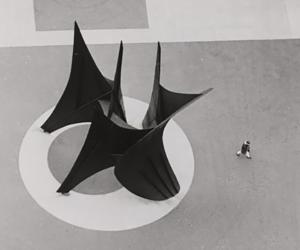
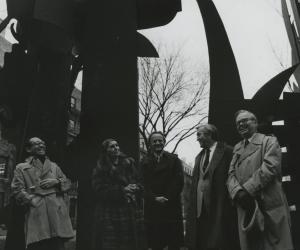
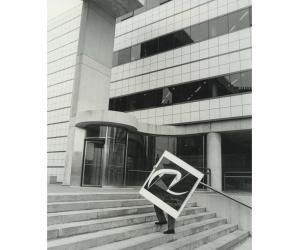
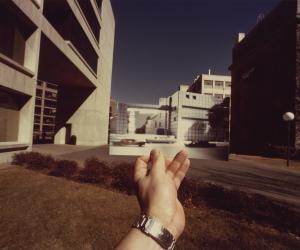
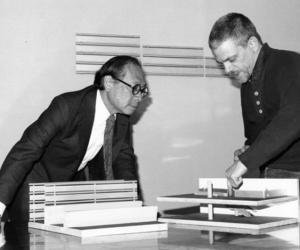
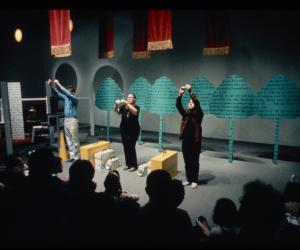
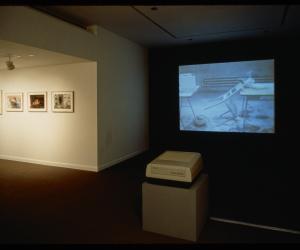
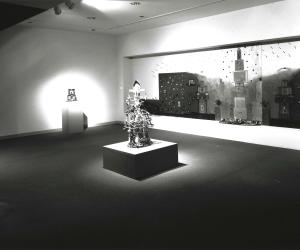
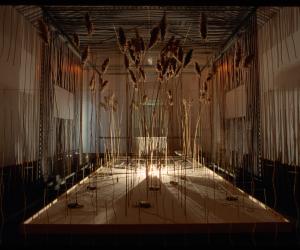
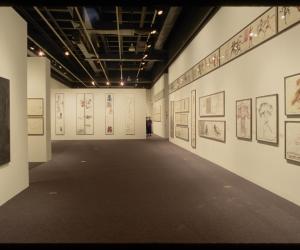
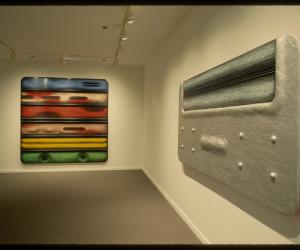
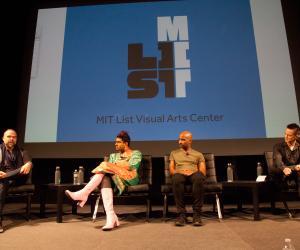
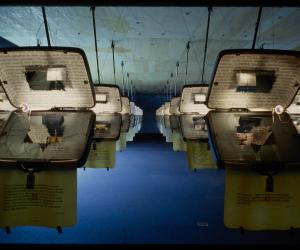
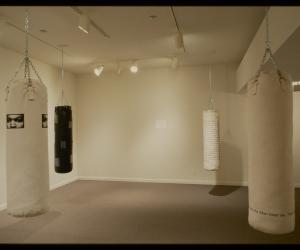
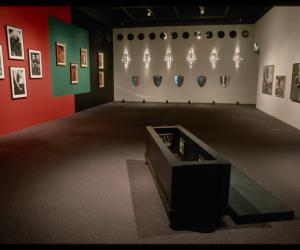
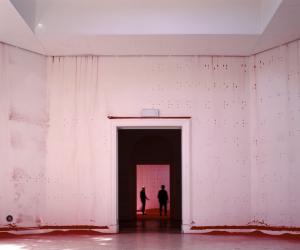
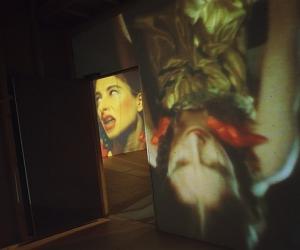
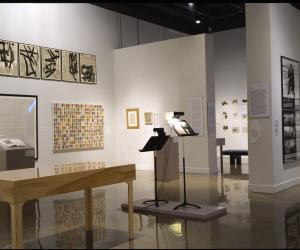
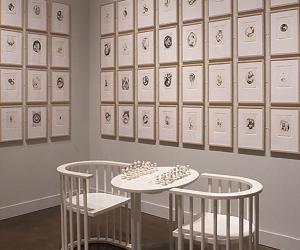
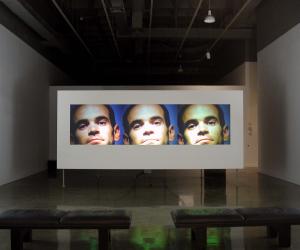
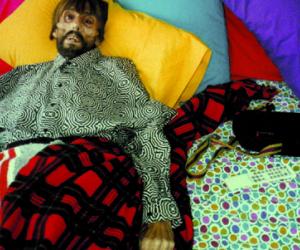
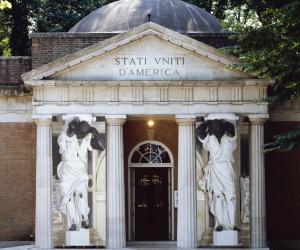
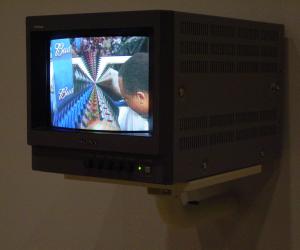
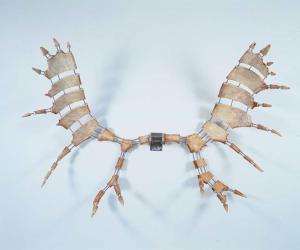
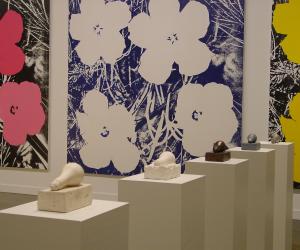
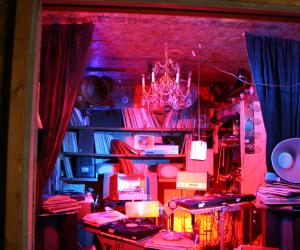
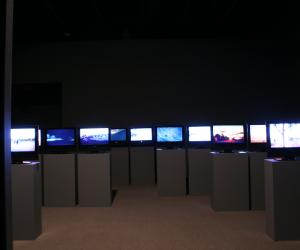
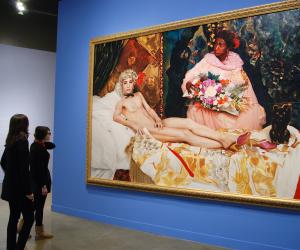
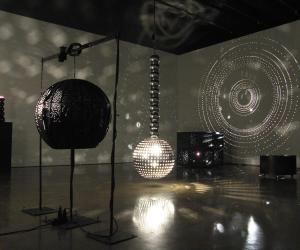
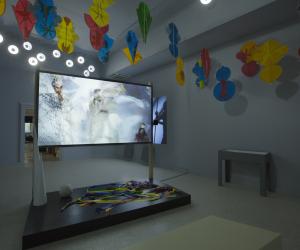
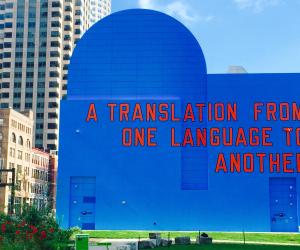
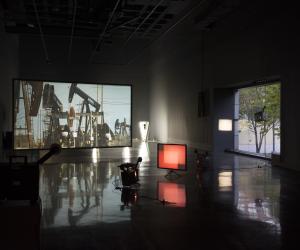
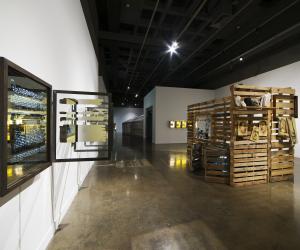
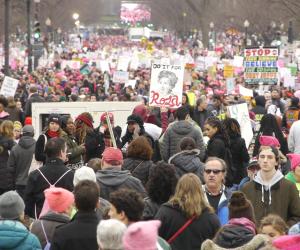
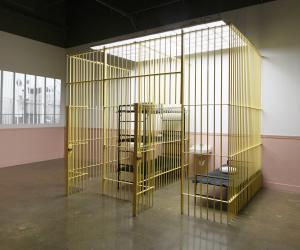
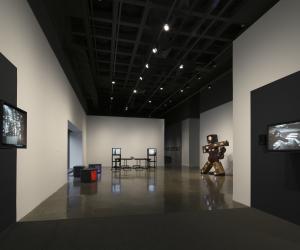
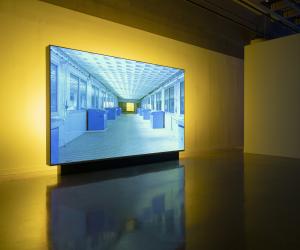
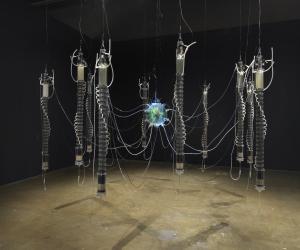
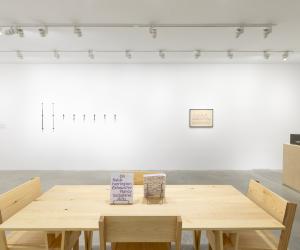
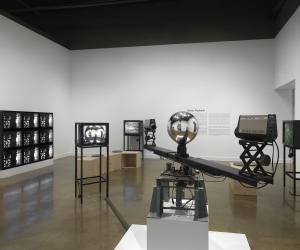
The first major public art commissioned gift on campus, made possible through the generosity of Eugene and Margaret McDermott, laid the foundation for MIT’s Public Art Collection.
A master of large-scale assemblage, Nevelson was the first artist commissioned through MIT’s Percent-for-Art Program to create a public artwork for the Landau Building for Chemical Engineering, designed by I. M. Pei.
Beginning with Catherine “Kay” Stratton’s 1966 donation, and formally launched in 1977 with support from Albert and Vera List and Ronald A. Kurtz, a 1978 exhibition inaugurated MIT’s annual tradition of lending original artworks to students.
In October 1985, the Jerome B. and Layla Wiesner building opened as a hub for arts and media at MIT. Designed by I. M. Pei, the building marked a unique collaboration between the architect and commissioned artists Scott Burton, Richard Fleischner, and Kenneth Noland.
With the opening of the Wiesner building came the founding of the MIT List Visual Arts Center, as well as MIT’s Media Lab. Carrying forward the legacy of the Hayden Gallery for Contemporary Art, the List Center expanded the Institute's commitment to experimental practices.
The List Visual Arts Center, named after Albert and Vera List, opened with work by the influential filmmaker and performance artist Stuart Sherman, which also marked the launch of a series of artist residencies.
This exhibition introduced US audiences to the playful Swiss duo’s now iconic film Der Lauf der Dinge [The Way Things Go] (1987), in which everyday objects bump into and fall onto one another in an absurd and epic chain reaction.
An icon of Black feminist art, Betye Saar explored ritual objects together with electronic components in order to reflect on cultural memory, ancestral power, and the mystical potential of modern media.
Known for genre-defying work that probes the relevance of art institutions, Carl Cheng created a dynamic installation that included sand, wind-up toys, dried plants, and more. He invited the public to view the work multiple times as it changed throughout his residency.
Nancy Spero’s exhibition showcased her trailblazing feminist work, highlighting historical and contemporary references that challenge patriarchal narratives and create nonhierarchical visual compositions.
Informed by the artist’s architecture studies at MIT, Hsu’s sculptural paintings reflect the growing entanglement of physical identity and digital systems, anticipating themes central to contemporary digital and post-human discourse.
Established in memory of Max Wasserman (Class of 1935), a founding member of the Council of the Arts at MIT, this biannual symposium on critical issues in contemporary art and culture features renowned artists, academics, researchers, and arts professionals.
Diller + Scofidio’s installation was a landmark project that exemplified their innovative blend of architecture, art, and cultural critique; it also furthered the List Center’s reputation for supporting experimental, interdisciplinary practices.
Glenn Ligon’s exhibition Skin Tight critically explored Black masculinity and cultural symbolism through works that referenced icons such as Muhammad Ali and Tupac Shakur. His residency underscored the List Center’s commitment to socially engaged contemporary art.
Featuring work by twelve artists—including Matthew Barney, Lyle Ashton Harris, Mary Kelley, and Keith Piper—this group show explored masculinity as a diverse social construct contingent upon factors such as race, class, ethnicity, and sexual orientation.
Organized by former List director Katy Kline and former List curator Helaine Posner, the List Center presented Ann Hamilton at the US Pavilion for the 48th Venice Biennale. The multidisciplinary artist took the neoclassical architecture of the pavilion as an entry point to think about the US's fraught history.
Artists Allan Kaprow, Paul McCarthy, and Vanessa Beecroft convened with historian Judith Rodenbeck to discuss how performance art and ephemeral practices can endure for future generations.
This landmark group show redefined Conceptual art as a worldwide, politically engaged movement and challenged Western-centric art histories.
The first US retrospective of Yoko Ono’s work spanned four decades of her practice, and highlighted Ono’s groundbreaking contributions to Fluxus, Conceptual art, and avant-garde music, film, and performance.
A visionary British filmmaker and installation artist, Isaac Julien presented The Long Road to Mazatlán (1999)—a modern cowboy tale shown on three screens—and Vagabondia (2000), both created in collaboration with choreographer Javier De Frutos.
AA Bronson’s first solo exhibition in New England since the passing of his General Idea collaborators featured works that transform personal and collective tragedy into explorations of identity, loss, and spiritual growth.
Presented by the List Center, Fred Wilson’s Speak of Me as I Am transformed the US Pavilion at the 50th Venice Biennale into a meditation on race, representation, and history, reframing the city’s Renaissance past through the lens of the African diaspora.
During Paul Pfeiffer’s residency, the List Center presented a substantial exhibition of his multimedia investigations into the aspirations and failures embedded within pop spectacle. The List Center also presented Pfeiffer at the 2003 Cairo Biennial.
Organized by Director Jane Farver, the List Center presented Michael Joo’s first institutional survey exhibition, showcasing work that explores how science, religion, and media shape consciousness and knit together the physical and metaphysical.
The List Center presented the first comprehensive museum exhibition in the US of the seminal conceptualist Sturtevant, whose rigorous, intellectual practice interrogated originality, authorship, and the meaning of contemporary art.
Curated by Bill Arning, Jane Farver, Yuko Hasegawa, and Marjory Jacobson, this two-part exhibition explored the impact of new technology and how it reshuffled the established hierarchy of the senses, which radically changed people’s lives.
The first US museum survey of renowned feminist and experimental filmmaker Chantal Akerman featured five major video installations and a new work created for the exhibition.
Organized by guest curator Michael Rush, this exhibition explored what had been called “gender crossing” or “cross-dressing” (now widely known as “drag”) as a tactic central to the development of the avant-garde.
In conjunction with MIT’s Centennial, the List Center presented Stan VanDerBeek: The Culture Intercom; Juan Downey: The Invisible Architect; Hans Haacke 1967; and Otto Piene: Lichtballett. This series of exhibitions featured artists with a historic affiliation to MIT’s Center for Advanced Visual Studies.
Joan Jonas, acclaimed multimedia performance artist and MIT Professor Emerita, represented the US in the 56th Venice Biennale. Curated by List Center Director Paul Ha and Ute Meta Bauer, founding director of the Program in Art, Culture, and Technology (ACT) at MIT, the exhibition marked the List Center’s third time commissioning the US Pavilion in Venice.
Known widely for his conceptual artworks featuring bold, large-scale text, Lawrence Weiner created the fourth mural at Dewey Square Park, titled A TRANSLATION FROM ONE LANGUAGE TO ANOTHER.
In the first survey of her work in North America, Rosa Barba premiered a new film incorporating images of stars and planets collected over the previous year at Hirsch Observatory at Rensselaer Polytechnic Institute.
This exhibition presented three major, interlocking projects that reflected on history and remembrance, considering how specific national and cultural narratives change over time. Edgar Arceneaux blended sculpture, history, and fiction in an effort to complicate the construction and transmission of knowledge.
Civil Disobedience presented documentaries, news footage, citizen journalism, and moving image works focused on political resistance and public demonstration from the early twentieth century through today.
Best known for key contributions to minimal music and structural film of the 1960s, Tony Conrad’s influence extended across rock music, public television, and broader cultural experimentation. The first large-scale museum survey of Conrad’s marked a key reappraisal of his creative legacy.
Looking at when video art was transformed by the emergence of spatial installations, this focused survey included rarely seen works by Adrian Piper, Dara Birnbaum, and Nam June Paik, among others.
Marking her first North American museum survey, Double Reverse underscored Ericka Beckman’s ongoing interest in relationships between games, gambling, the larger structures of capital, and gendered conditions of labor.
Featuring over a dozen international artists whose works explored ideas of interspecies collaboration, Symbionts posed questions about ecological entanglement and more-than-human perspectives.
In commemoration of the tenth anniversary of the List Projects series, List Projects 27: fields harrington and Nancy Valladares; List Projects 28: Sophie Friedman-Pappas and TJ Shin; List Projects 29: Brittni Ann Harvey and Harry Gould Harvey IV paired two artists with a shared history of dialogue.